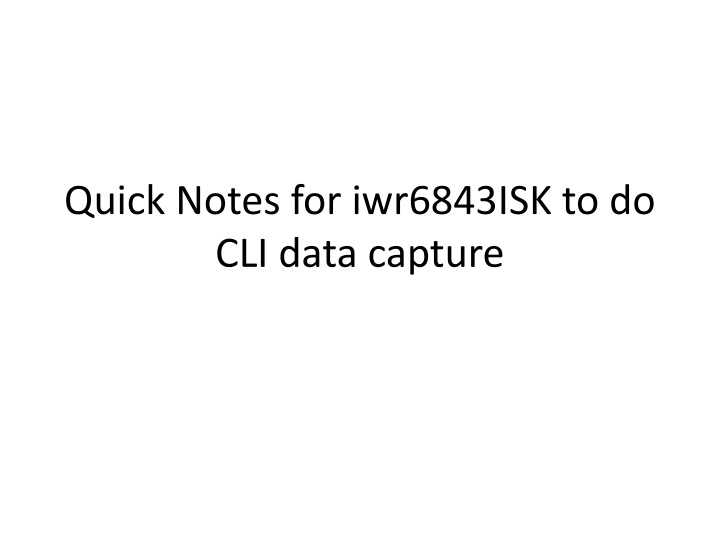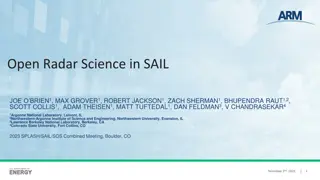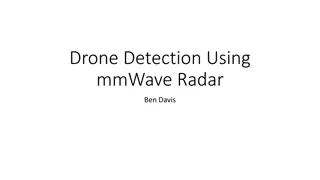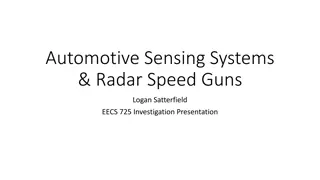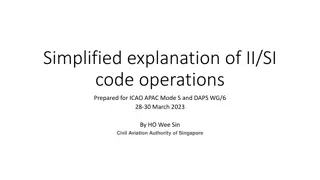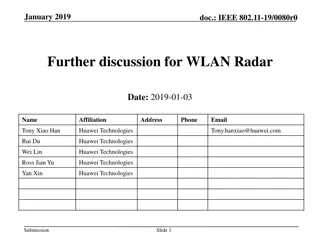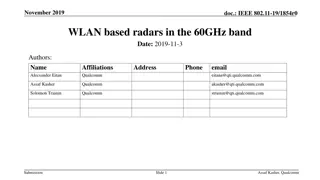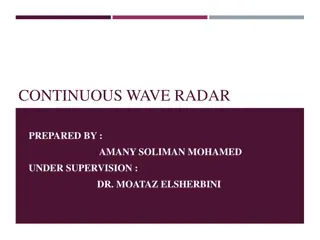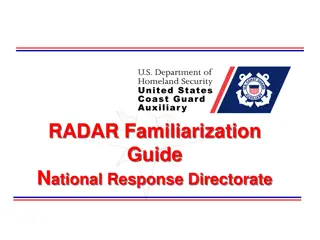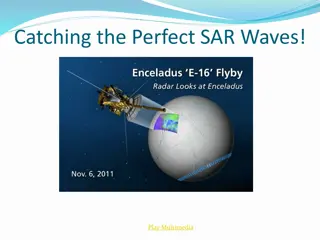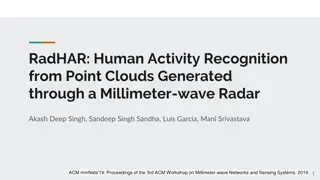Radar Apps Schematic/Layout Review Process for Hardware Applications Team
This process outlines the steps for submitting Jira requests,including selecting project types, priorities, and providing detailed project descriptions for schematic/layout reviews. Users need to access TI's proprietary platform for submission, which involves following specific NDA restrictions. The checklist includes mentioning the type of review needed, attaching relevant files, and specifying platform details. A structured approach is key to efficiently managing hardware-related review requests
Download Presentation

Please find below an Image/Link to download the presentation.
The content on the website is provided AS IS for your information and personal use only. It may not be sold, licensed, or shared on other websites without obtaining consent from the author.If you encounter any issues during the download, it is possible that the publisher has removed the file from their server.
You are allowed to download the files provided on this website for personal or commercial use, subject to the condition that they are used lawfully. All files are the property of their respective owners.
The content on the website is provided AS IS for your information and personal use only. It may not be sold, licensed, or shared on other websites without obtaining consent from the author.
E N D
Presentation Transcript
Quick Notes for iwr6843ISK to do CLI data capture
Iwr6843ISK ES2 with CLI data capture SOP0 = on, SOP1 = off, SOP2 = on Use Radar Studio to prepare binary loading 1. switch to TSW1400 2. change SOP mode to 5, 3. Press set Use uniflash to load the demo binary from C:\ti\mmwave_sdk_03_03_00_03\packages\ti\demo\xwr68xx\mmw
Iwr6843ISK ES2 with CLI data capture SOP0 = on, SOP1 = off, SOP2 = off Use radar studio to issue reset 1. switch to TSW1400 2. change SOP mode to 4, 3. Press set 4. Press reset
Use visualizer to start the https://dev.ti.com/gallery/view/mmwave/mmWave_Demo_Vi sualizer/ver/3.3.0/
Rest of the Procedure Create the datacard_config.json (an example is attached at the end) Run on the dos command window DCA1000EVM_CLI_Control.exe fpga datacard_config.json DCA1000EVM_CLI_Control.exe record datacard_config.json DCA1000EVM_CLI_Control.exe start_record datacard_config.json You should be able to see the file created on the data recording folder Run on the dos command window DCA1000EVM_CLI_Control.exe stop_record datacard_config.json
An example of datacard_config.json { "DCA1000Config": { "dataLoggingMode": "raw", "dataTransferMode": "LVDSCapture", "dataCaptureMode": "ethernetStream", "lvdsMode": 2, "dataFormatMode": 3, "packetDelay_us": 10, "ethernetConfig": { "DCA1000IPAddress": "192.168.33.180", "DCA1000ConfigPort": 4096, "DCA1000DataPort": 4098 }, "ethernetConfigUpdate": { "systemIPAddress": "192.168.33.30", "DCA1000IPAddress": "192.168.33.180", "DCA1000MACAddress": "12.34.56.78.90.12", "DCA1000ConfigPort": 4096, "DCA1000DataPort": 4098 }, "captureConfig": { "fileBasePath": "C:\\myCliSavedData", "filePrefix": "datacard_record", "maxRecFileSize_MB": 1024, "sequenceNumberEnable": 1, "captureStopMode": "infinite", "bytesToCapture": 1025, "durationToCapture_ms": 1000, "framesToCapture": 5 }, "dataFormatConfig": { "MSBToggle": 0,
